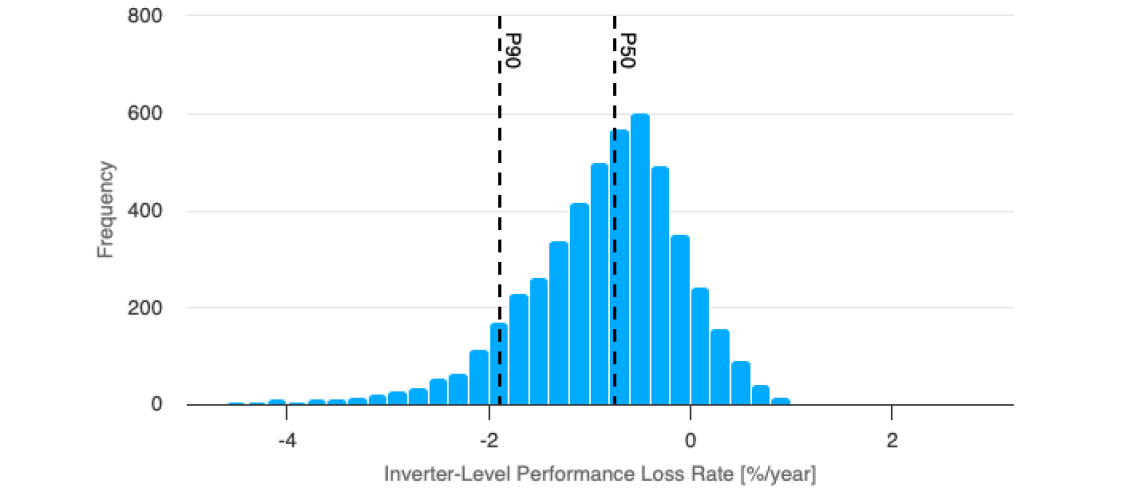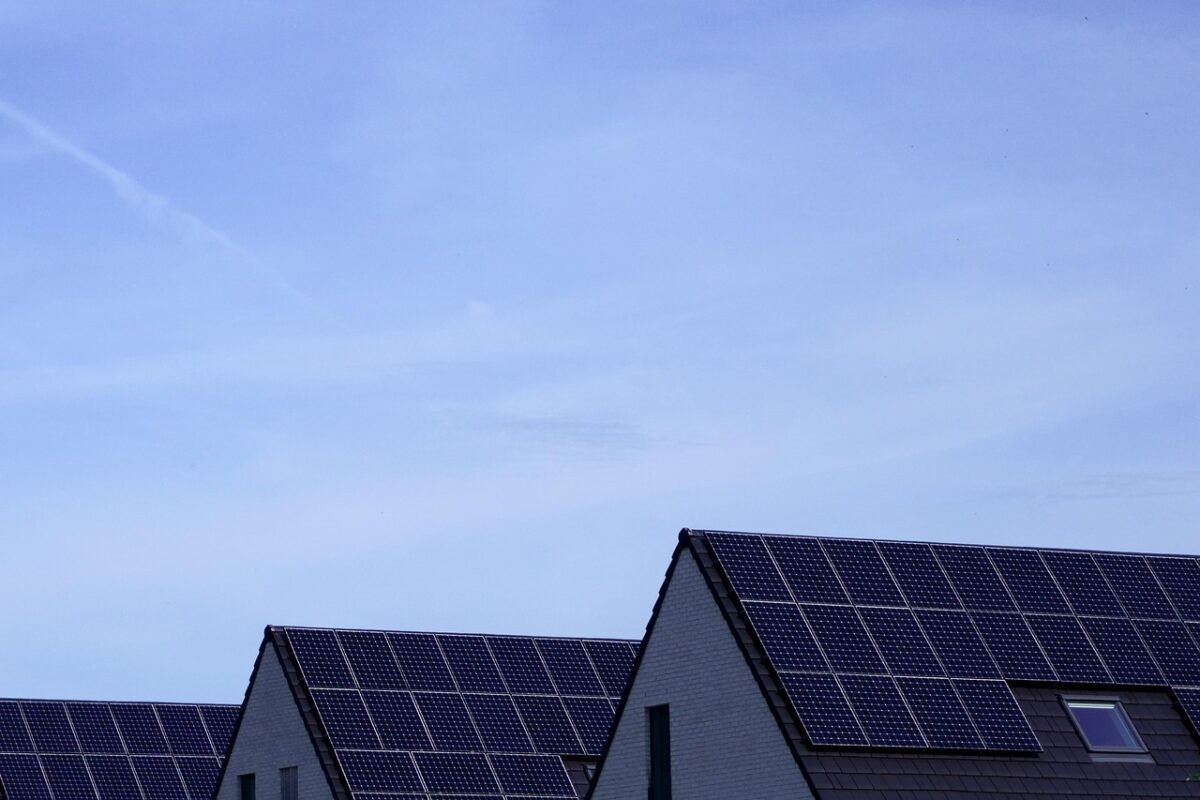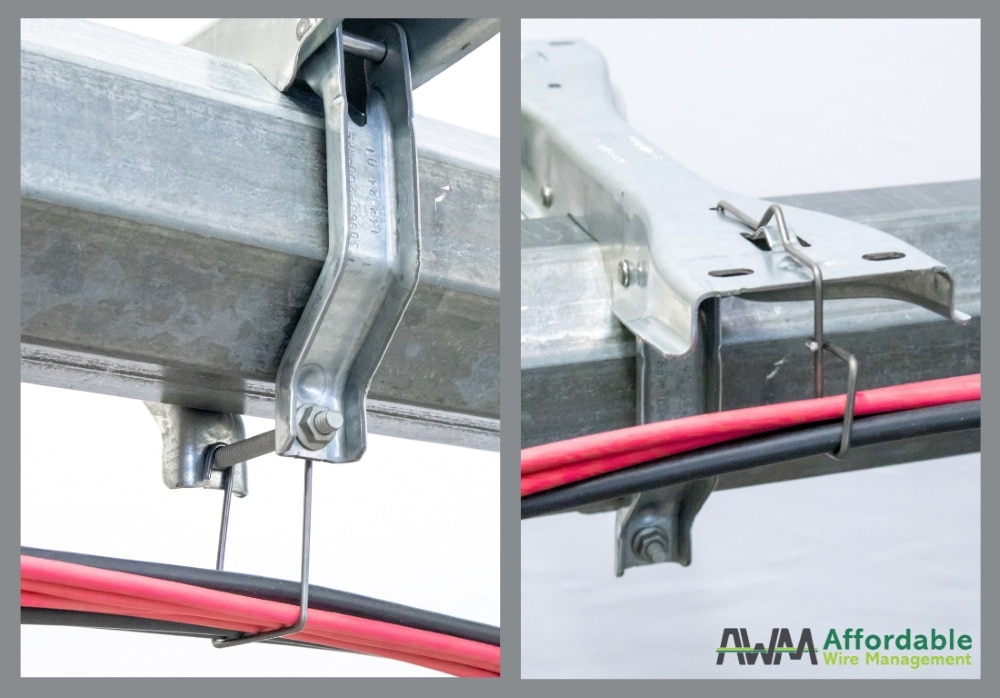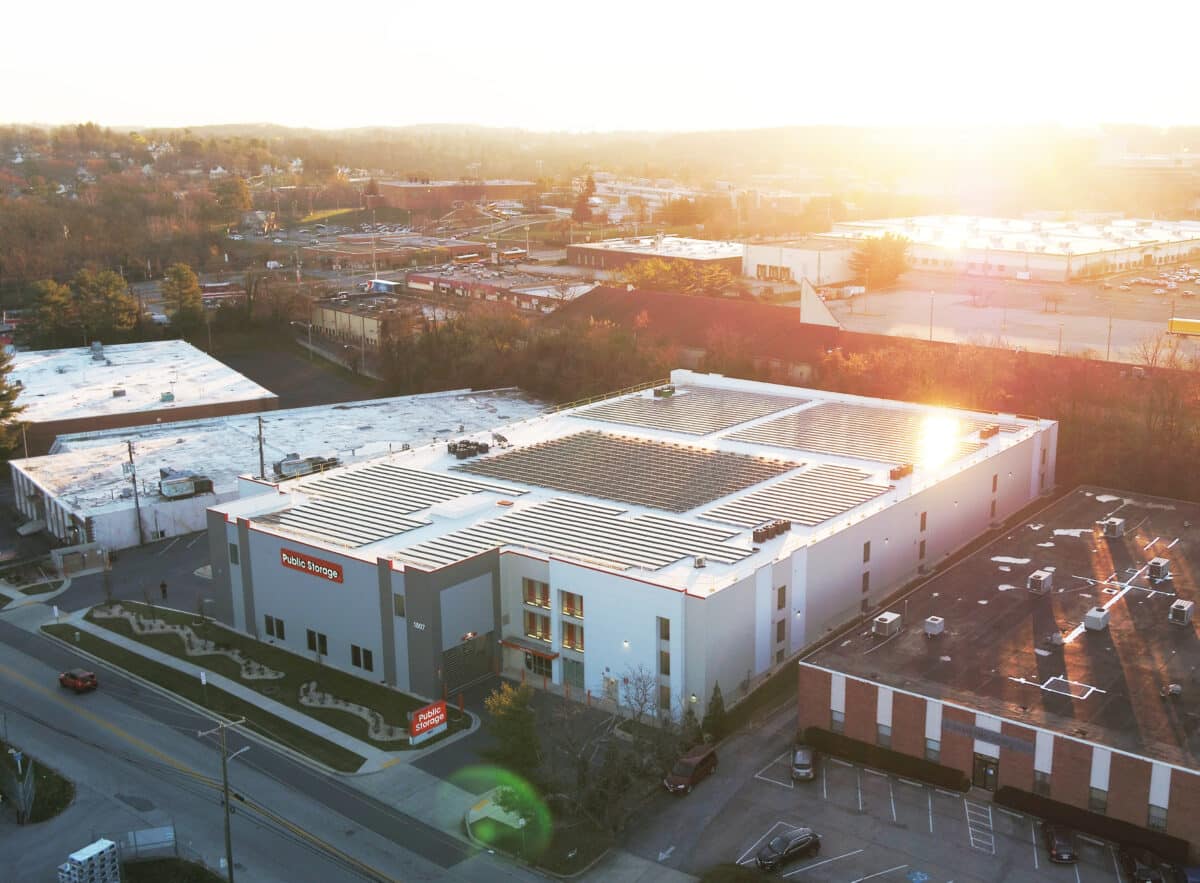The short-term impact of extreme weather, such as flooding, high winds, hail, wildfire and lightning, was minimal in most PV systems studied.
From pv magazine global
A research team from the U.S. Department of Energy’s NREL has reviewed the degradation of commercial and utility-scale PV sites from across the United States between 2008 and 2022.
Their data set, thought to be the largest of its kind for such a project, consisted of data from 25,000 inverters across almost 2,500 commercial and utility-scale PV sites in 37 states and U.S. territories, equivalent to almost 8 GW of solar. The mean age of the PV systems observed was five years.
The researchers found a median loss in performance rate of 0.75% per year, matching similar values reported by previous studies. The analysis discovered systems in hotter temperature zones exhibited twice as much performance loss than those in cooler climates, at 0.88% per year and 0.48% per year respectively. Overall, 90% of systems studied saw losses in performance of less than 2% per year.
Chris Deline, a group manager for PV field performance at NREL, said the median loss in performance is a “crucial number.”
“First, it shows that our fleet of PV systems, on the whole, is not failing catastrophically, but rather degrading at a modest rate within expectations,” he said. “It’s important that we quantify this rate as accurately as we can, because this small but tangible number is used in almost all financing agreements that fund solar projects and provides critical guidance for the industry.”
The short-term impact of extreme weather, such as flooding, high winds, hail, wildfire and lightning, was minimal in most PV systems studied. The median outage length after an extreme weather event was two to four days, resulting in a 1% median loss in annual performance.
A total of 12 systems out of 6,400 experienced outages of two weeks or more. Most outages occurred because of flooding and rain, followed by wind events. Most systems in the data set experienced only one weather-related outage.
The researchers, however, found that when powerful enough, extreme weather can accelerate long-term degradation. Hail greater than 25 mm in diameter, winds over 90 km/h and snow of depths greater than 1 meter were found to lead to greater annual performance losses in PV systems, such as mechanical stresses cracking solar cells.
“We don’t feel any of this analysis suggests that PV systems are unreliable or especially vulnerable to extreme weather. PV has demonstrated that it can provide backup power and save lives when surrounding infrastructure is damaged by extreme weather events,” said NREL researcher Dirk Jordan. “Yet, there are further measures we can take to improve the quality of equipment and especially installation best practices to increase resilience to these weather events.”
Ownership may lie with module manufacturers and PV testing organizations understanding the thresholds at which damage can occur. Then, the NREL says, the industry can begin to design for these conditions and create tests that subject panels to realistic stresses created by wind, snow and hail.
“High-quality installations are also key to increasing resilience against extreme weather. Standardizing installation practices, such as using through-bolting and mounting modules far enough from the edge of roofs in wind-prone areas, could help mitigate system performance impacts,” Jordan added.






